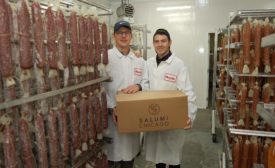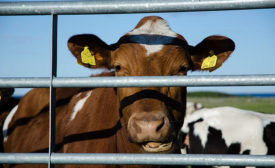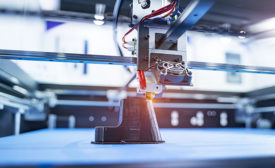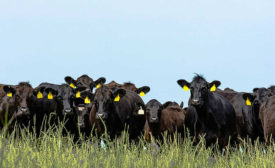Meat and Poultry Processing
Tech | Processing
Adding clean, even flavor
New technologies are improving marinades and injections.
Read More
Tech | Food Safety
Designed Right: Automation and easy-to-clean equipment
Key components to sanitary design
Read More
Processing Tech
De-stressing slaughter
Low-stress handling is key to humane slaughter and stunning practices.
Read More
Processing Tech
New take on protein processing technologies
Meat and poultry processors increasingly embrace plant automation to produce better quality products.
Read More
Stay ahead of the curve. Unlock a dose of cutting-edge insights.
Receive our premium content directly to your inbox.
SIGN-UP TODAYCopyright ©2024. All Rights Reserved BNP Media.
Design, CMS, Hosting & Web Development :: ePublishing













